
Build your strategic plan, increase visibility, and drive engagement leveraging Elate’s Dynamic Strategic Planning platform.

Redefine your strategic planning process. Dynamic planning with radical simplicity connects planning, execution, and success for Strategy and Operations leaders.
Learn MoreElate puts everything you need to build your Strategic Plan right at your fingertips. From setting your long-term vision and annual goals to tracking quarterly objectives, it’s never been easier to create a plan that helps you reach your goals.
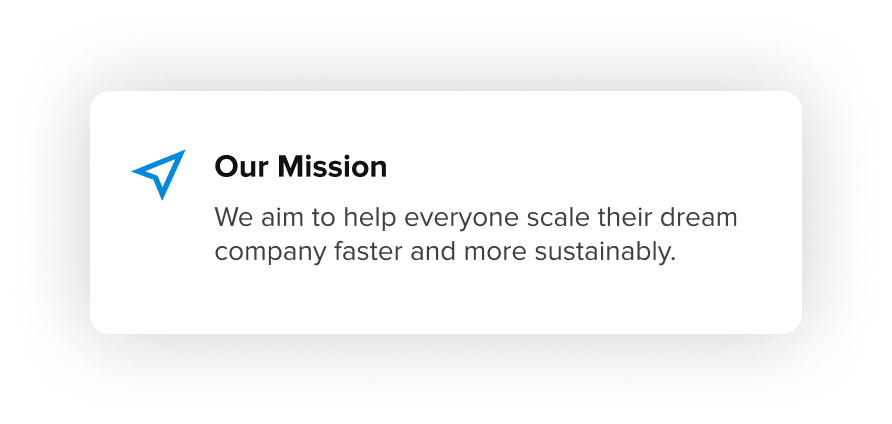

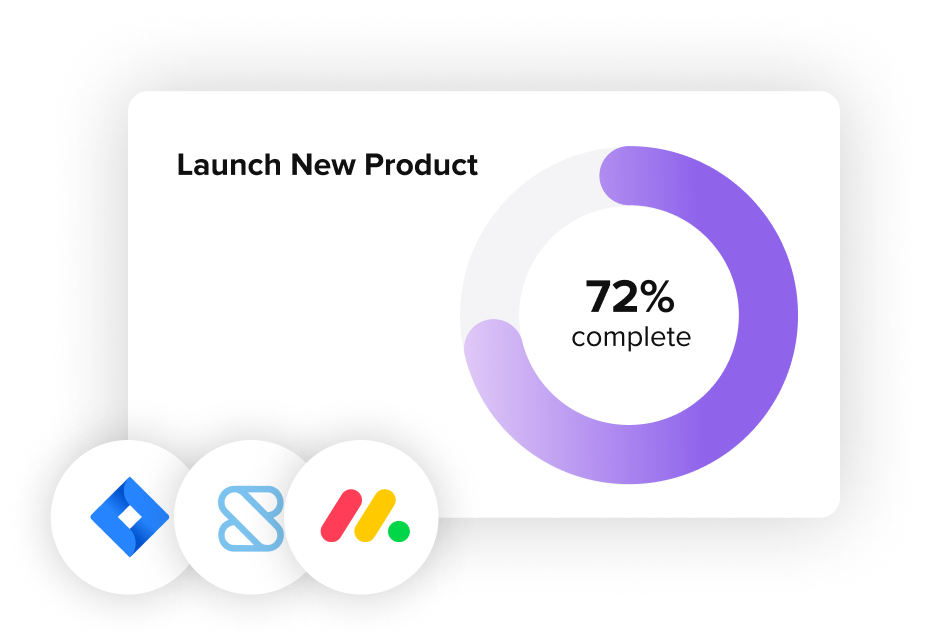

Rather than working out of dozens of spreadsheets or endless presentations, Elate helps you build a simple, intuitive plan that can be easily shared with team members.
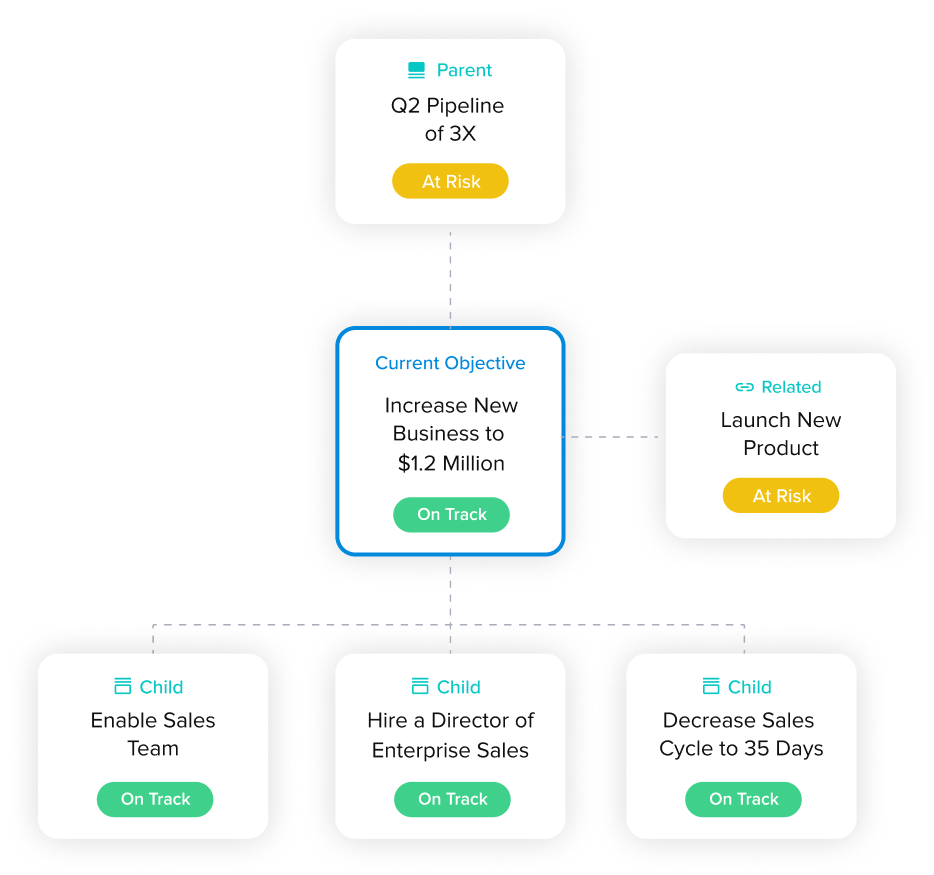

With Elate, double down on what’s working and shift away from what’s not through insights leaders can take action on.
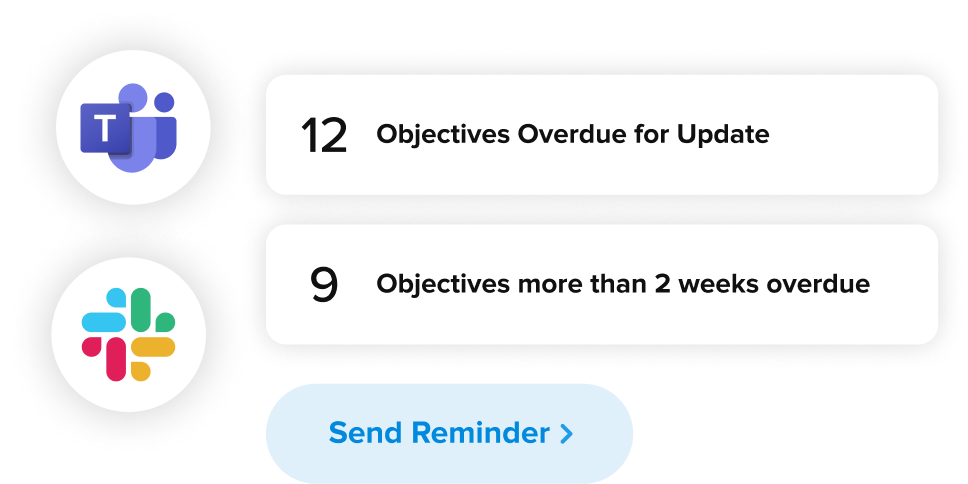
The difference between a strategy and a strategic framework is a simple but extremely important distinction. So, what are strategies and frameworks? A strategy describes the processes that lead to accomplishing individual goals and objectives. Strategies work with business planning on a micro-level—think strategizing for daily operations or establishing monthly goals for a specific project.
On the other hand, a strategic framework refers to strategizing on a broader scale. Frameworks are used as loose guidelines that help inform the basis for new strategies. Each framework should be created and adjusted with marketplace trends, policy mandates, and other external factors in mind. Since these factors frequently change, frameworks are adaptable in nature. While strategies are much more rigid in their structures since they are more narrow in their focus.
In the end, strategies and frameworks are meant to seamlessly integrate with each other, creating a holistic understanding of your entire strategic planning process. Understanding how these two elements inform one another is key to successfully improving your strategic planning process and deciding which types of strategic planning are best for your business.
In this blog, we’ll discuss the elements used in good strategies and frameworks and explain how Elate can help you with both.
Why are frameworks important in strategy? A strategic framework acts as a blueprint for your strategic planning process, and allows you and your team to fill in the critical elements of your overall plan. With this blueprint in place, you can begin creating more targeted individual strategies that align with the main objectives identified in the framework. This is a key element of your strategic planning process. Although there are many varying types of business framework, there are a few common elements that remain constant. For example:
Although these elements are common throughout all strategic planning processes, there is no one-size-fits all business framework template. Every company has its own unique goals, objectives, and challenges. Elate takes this into account. We partner with your team to provide tactical and tangible advice throughout your strategic planning journey, making your broad vision the center of everything we do.
So, what is a strategy in business? As you have probably guessed, strategy can mean a great number of things. There are short-term, medium-term, and long-term strategies that apply to all sorts of objectives. But they all have one thing in common, being hyper-focused. Every objective should have its own unique strategy that benefits your company’s strategic framework as a whole. According to the Strategy Diamond Framework, there are five key elements of good strategy:
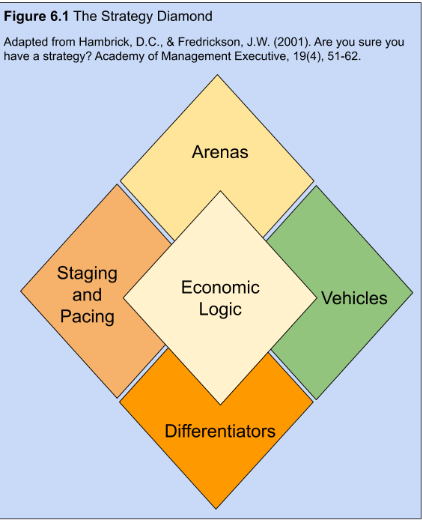
Source: Oregon State University
Building a successful strategic framework is no easy feat. At Elate, we’re all about bringing simplicity to complex problems. It’s our mission to help high-growth companies easily develop a dynamic planning strategy. By simplifying how we surface insights to the leadership team, our platform delivers access to the critical information they need to take action. This is how we work:
What do you think? Are you ready to take one step closer to realizing your company’s vision? If so, connect with us and discover how a partnership with Elate will level-up your company’s strategic planning.